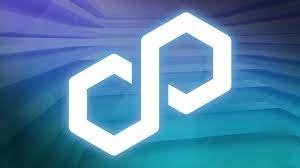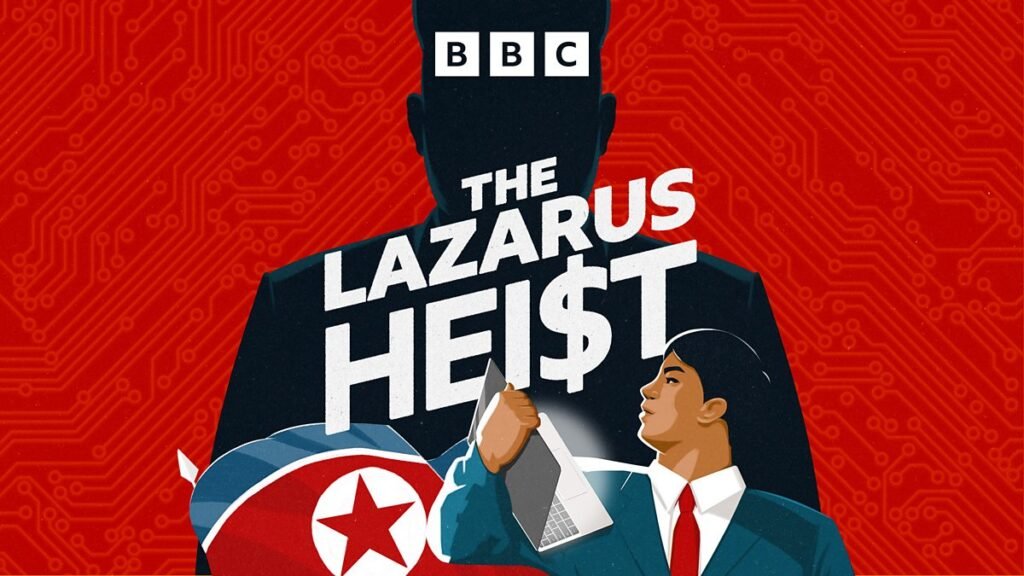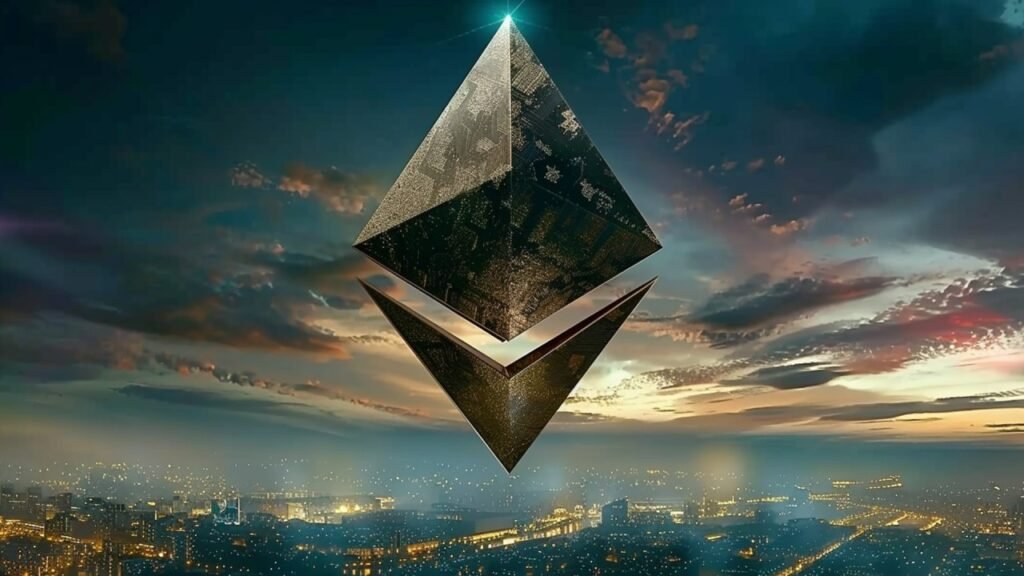Ethereum Scaling Set to Evolve as Polygon Launches 'AggLayer'
Polygon’s new interoperability layer aims to unify L2 networks under a single bridge.

Polygon Labs, one of the leading Ethereum scaling solutions, has officially launched AggLayer, a new protocol that seeks to aggregate and unify Layer 2 (L2) chains. The goal? To make Ethereum scaling feel seamless—no matter what rollup or chain users interact with.
AggLayer functions as a shared interoperability layer, allowing independent chains to communicate, share liquidity, and transact through a single bridge. This eliminates many of the user experience challenges that come with bridging assets between L2s like Arbitrum, Optimism, and others.
“Users shouldn’t even need to know which L2 they’re on,” said Sandeep Nailwal, co-founder of Polygon. “AggLayer helps achieve that level of abstraction.”
How It Works
The idea behind AggLayer is to standardize communication between L2s, especially ZK-powered chains within the Polygon ecosystem. It will allow developers to build on any ZK chain and still tap into the entire Polygon and Ethereum liquidity ecosystem without having to create their own bridges or rely on centralized options.
This will reduce fragmentation, one of the biggest pain points in Ethereum’s current scaling model.
Polygon has been a pioneer in zero-knowledge rollups (ZK-rollups) and has already launched Polygon zkEVM, its flagship ZK-based Ethereum L2. AggLayer is the next step in extending the reach of those technologies by allowing seamless interactions across multiple chains.
One Bridge to Rule Them All?
The AggLayer introduces a unified bridge architecture where tokens can be transferred easily between chains without repeated wrapping or lengthy wait times. This is crucial for onboarding new users, institutions, and builders who might be put off by the complex landscape of Ethereum L2s.
Projects that integrate with AggLayer can maintain sovereignty while still being part of a shared security and liquidity framework.
Some early adopters include Immutable, Astar Network, and Manta Network, all of which have expressed plans to join the AggLayer network as it grows.
What This Means for Developers
For developers, AggLayer removes the burden of building complex interoperability infrastructure. It also allows dApps to scale more easily by operating across multiple chains without splitting their user base or liquidity.
Imagine a DeFi app where users on different chains interact as if they’re on the same one—that’s the future AggLayer aims to unlock.
What’s Next?
Polygon’s vision with AggLayer aligns with Ethereum co-founder Vitalik Buterin’s concept of a “rollup-centric roadmap,” where many chains scale Ethereum’s capacity without sacrificing decentralization or security.
With Ethereum’s core network upgrades continuing to evolve, interoperability layers like AggLayer could become a key pillar in the overall architecture of Web3.
As the multi-chain future unfolds, tools like AggLayer may be what finally make the Ethereum ecosystem truly modular, composable, and user-friendly.

North Korea's Lazarus Group Steals $34 Million Through Phishing Scams

Trump Names Scott Bessent as U.S. Secretary of the Treasury

Ethereum’s Merge Boosts Market Confidence, ETH Rises 10%

